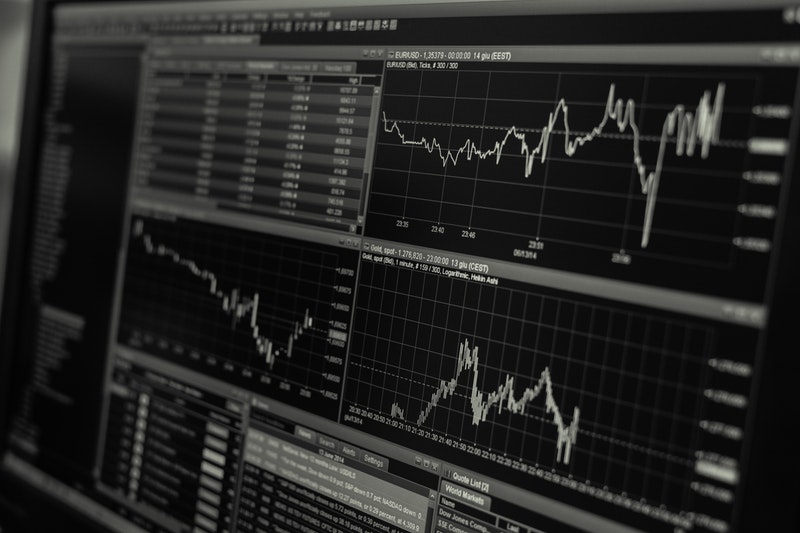What Do Traders Do
February 15th, 2018 by lewis

This category includes traders and sales-traders in equity, fixed income, and worldwide markets. A salesperson does what you might expect: sells ideas (stocks and bonds to buy) to institutional customers to generate business (and commissions). A trader will buy and sell securities for a client or for the firm’s own account (this is called proprietary trading). A sales-trader acts as a liaison between the institutional salesperson and the trader. It’s up to sales-traders to help clients buy and sell larger quantities at advantageous prices. Some traders function as market makers, buying and selling securities out of the firm’s inventory to facilitate trades for customers in OTC (small, over-the-counter) securities where markets are less liquid than on the exchanges. In the fixed income area, a market maker may be referred to simply as a trader.
A Day in the Life of a Trader
- 6:15 Arrive at work. Spread the paper out and reread the interest rate article that didn’t make sense on the half-awake ride downtown. Drink another cup of coffee.
- 7:00 Listen to the equity division’s morning meeting while checking Bloomberg for any big movements in the overseas markets. Soon after, get a cheat sheet that summarizes important meeting highlights. Tape up sheet so it’s visible all day.
- 7:30 Drink another cup of coffee. Attend morning meeting for fixed income. Analysts drone on about economic data releases and the bond market. Then they all weigh in with comments on the new municipals, corporates, and treasury auctions.
- 8:00 Everyone back at their desks and phones. Don’t want to miss any important news. Minutes count—sometimes even seconds make the difference.
- 9:30 Gulp a warm Coke, consult trade research reports, finish the Coke the broker screen. Execute orders given “on the open.” Call clients with trade executions. Receive order to buy 200,000 shares of a stock “not held.” Make announcement to the rest of the floor and try to shop the order around. Maybe the firm would sell some out of its own account? Someone several seats away impolitely disabuses everyone of that notion.
- 10:00 Drink another Coke. Place part of the order with a client at the current market price. Start buying the balance in smaller lots. 10:15 Talk to a friend to arrange dinner plans. Hang up when someone yells that he has a seller for 50,000 at my price. 10:25 Think about calling friend back. In midthought, four people start barking in my direction at the same time. Scramble to make sense of what they’re saying. Traders don’t like to repeat themselves. Answer them, never really disengaging from the ongoing stream of numbers on the broker screen.
- 12:30 Complete order. Lunch delivery arrives. Try not to spill ketchup on keyboards.
- 1:30 Crisis as new kid on the desk confuses “buy” with “sell.” Drink another Coke. Correct the situation and even make a small gain. Impress upon kid how rare a save like that is. (In truth, feel sorry for him—everyone’s been there.) Guide him through the trade research reports, but not for long. Need them for this next trade. 3:00 Call friend back to arrange dinner plans. Hang up on friend again. Make several calls to confirm “good till cancel” orders.
- 4:30 Make sure all confirms match tickets. Heart palpitations resume. This time it’s not the caffeine. Check the floor to see if the confirm on 50,000 of the 200,000-share buy order fell under the desk. There it is. Resume breathing.
- 4:45 Clean up mess on the desk. Enjoy a quiet, uninterrupted phone call to my cellular phone company. Patiently explain for the 13th time why the calls to Belize shouldn’t be on the bill.
- 5:00 Head to the gym for a much-needed endorphin release.
- 5:45 Return to desk, make a small dent in mountain of mail and literature, and wrap up the day.
- 6:30 Head out the door.
Source: Morgan Stanley WetFeet Insider Guide